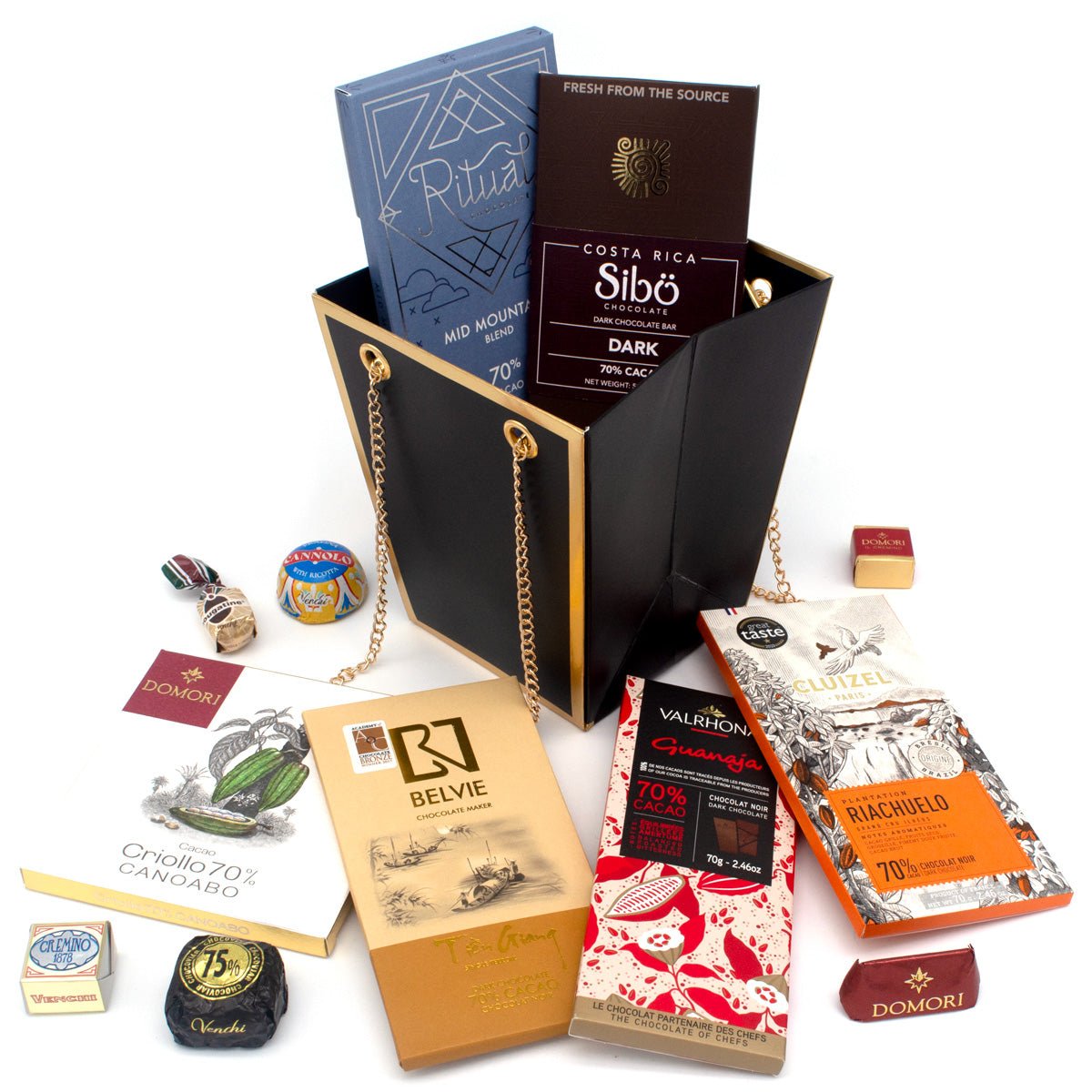Ruby Chocolate Explained: Taste, Color, and History
Ruby Chocolate: The Pink Chocolate Phenomenon
Ruby chocolate is a distinct variety of chocolate known for its natural pink or purple hue. Introduced by Belgian–Swiss cocoa company Barry Callebaut on September 5, 2017, it was developed over more than a decade starting in 2004. Barry Callebaut describes ruby chocolate as a “fourth type of chocolate,” alongside dark, milk, and white chocolate, though industry experts continue to debate whether it represents a true new category or a marketing innovation.
Composition
According to a temporary marketing permit granted by the U.S. Food and Drug Administration in 2019, ruby chocolate is defined as:
A solid or semiplastic food prepared by mixing and grinding cocoa fat with one or more cocoa ingredients (such as chocolate liquor, cocoa, or lowfat cocoa), citric acid, optional dairy ingredients, and one or more nutritive carbohydrate sweeteners.
Ruby chocolate must contain at least 1.5% nonfat cocoa solids and 20% cocoa fat by weight. It cannot include added coloring, and while antioxidants, spices, and other natural or artificial flavorings are allowed, these cannot mimic the flavors of chocolate, milk, butter, berries, or other fruit. The FDA noted that ruby chocolate meets “most of the current standards for cacao products” but differs from traditional chocolate in composition, taste, and color.
Ruby chocolate is made from ruby cocoa beans, selected botanical varieties with the right natural characteristics for processing into pink chocolate. The exact production method is proprietary, but it is believed that unfermented or lightly fermented cocoa beans (such as Brazil Lavados) are treated with acid and defatted, creating the distinctive pink or purple color.
Flavor Profile
Ruby chocolate is celebrated for its slightly sweet, tangy flavor, reminiscent of berries. Its defining characteristic is acidity, which gives it a unique taste somewhere between white chocolate and raspberries. This combination of sweetness and subtle sour notes has made ruby chocolate appealing to both chocolate lovers and adventurous dessert enthusiasts.
Reception and Debate
Chocolate experts continue to debate whether ruby chocolate is truly a new variety or a marketing trend. Some, like Clay Gordon, suggest it could become as versatile as white chocolate, while others, such as Angus Kennedy, note that pink chocolate has existed in various forms for years. Ruby chocolate’s popularity has been amplified by the rise of “millennial pink” in marketing and social media, which has helped make its striking color a major selling point.
Nutrition
In comparisons of phenolic content, ruby chocolate falls between milk and white chocolate. It contains antioxidants and nutrients similar to other chocolate varieties, though slightly lower than dark chocolate. Its novelty lies more in its flavor, color, and visual appeal than in unique nutritional benefits.
Experience Ruby Chocolate
Whether enjoyed in bars, confections, or desserts, ruby chocolate offers a unique blend of flavor and visual appeal. Its pink hue and tangy-sweet taste make it a delightful choice for gifting, baking, or simply savoring as a modern chocolate treat.
